- News
- Reviews
- Bikes
- Accessories
- Accessories - misc
- Computer mounts
- Bags
- Bar ends
- Bike bags & cases
- Bottle cages
- Bottles
- Cameras
- Car racks
- Child seats
- Computers
- Glasses
- GPS units
- Helmets
- Lights - front
- Lights - rear
- Lights - sets
- Locks
- Mirrors
- Mudguards
- Racks
- Pumps & CO2 inflators
- Puncture kits
- Reflectives
- Smart watches
- Stands and racks
- Trailers
- Clothing
- Components
- Bar tape & grips
- Bottom brackets
- Brake & gear cables
- Brake & STI levers
- Brake pads & spares
- Brakes
- Cassettes & freewheels
- Chains
- Chainsets & chainrings
- Derailleurs - front
- Derailleurs - rear
- Forks
- Gear levers & shifters
- Groupsets
- Handlebars & extensions
- Headsets
- Hubs
- Inner tubes
- Pedals
- Quick releases & skewers
- Saddles
- Seatposts
- Stems
- Wheels
- Tyres
- Health, fitness and nutrition
- Tools and workshop
- Miscellaneous
- Buyers Guides
- Features
- Forum
- Recommends
- Podcast
review
£2,899.99
VERDICT:
Aero bike that really delivers on performance, but you aren't getting a lot of kit for your money
A proper speed rocket
Doesn't feel as heavy on the road as the scales suggest
Quite low-level kit for the money
Frameset isn't that forgiving
Weight:
9,200g
Contact:
At road.cc every product is thoroughly tested for as long as it takes to get a proper insight into how well it works. Our reviewers are experienced cyclists that we trust to be objective. While we strive to ensure that opinions expressed are backed up by facts, reviews are by their nature an informed opinion, not a definitive verdict. We don't intentionally try to break anything (except locks) but we do try to look for weak points in any design. The overall score is not just an average of the other scores: it reflects both a product's function and value – with value determined by how a product compares with items of similar spec, quality, and price.
What the road.cc scores meanGood scores are more common than bad, because fortunately good products are more common than bad.
- Exceptional
- Excellent
- Very Good
- Good
- Quite good
- Average
- Not so good
- Poor
- Bad
- Appalling
The Fuji Transonic is its 'newest speed flagship' and this 2.5 is the entry level to the disc-equipped lineup. Fuji is right, it is flipping fast and it handles well, but for the money it is a bit weighty and the frameset delivers quite a firm ride.
Ride
I made the mistake of checking out the weight of the Fuji before I rode it. Normally I avoid seeing the details as much as possible so my judgement won't be clouded, but this time I was actually glad that I had.
> Find your nearest dealer here
In its standard guise the Fuji tips the scales at 9.2kg (20.3lb) which these days, let's be honest, is portly – but the Transonic doesn't feel anything like it out on the road. It's responsive and accelerates in a way it really shouldn't, and because of the way it goes about delivering your input you never feel short-changed.
Out on the flat it really excels. I went out for just a quick 90-minute spin for the first ride to test things out; a heavy training load meant I was feeling a bit tired and sore, but the sunny conditions were too tempting. The outcome was an average speed a good 2mph higher than it felt, and a fair few PBs on some local sections.
Handling-wise, things are pretty much spot on. The head tube length on this medium model is just 145mm, which sits you in a racy position from the outset, and when paired with a 72.7-degree head angle, the steering is reasonably quick but without being overly twitchy.
I could ride my favourite descents confident enough to just let the bike go at speed, and through the technical sections there was plenty of feedback to give you the nod to tweak your body position or touch the brakes to get the Fuji to respond.
It's definitely a frame that has been designed with a keen rider in mind, and the harder you push it, the more you are repaid.
The one sacrifice for all of this performance and stiffness is that the Transonic isn't the most forgiving when it comes to comfort. It's right on the edge of harsh on some road surfaces, and while not exactly uncomfortable, there are some frames out there that manage to offer loads of stiffness while delivering some smoothness to the ride, either through tube shape or carbon fibre layup.
On the whole, though, the Transonic is a performance-orientated bike and, as I've often said, I'll happily take a trade-off in comfort for all-out speed.
Frame and fork
The Supreme is Fuji's women-specific aero race bike and when Fuji was developing the current version it found that in the wind tunnel it was 3:23 minutes faster over 40km than the previous model; more importantly, it was 1:19 minutes faster than the aerodynamic Transonic model that was currently in production.
With this in mind, it was no surprise to see Fuji take design cues from the Supreme to create this brand-new Transonic model.
Like most aerodynamic products, the first designs of the frame and fork are created using Computational Fluid Dynamics (CFD) analysis to study airflow around the bike and tweak shapes and positions to make it as efficient as possible.
This has led to some interesting tube shapes, the most noticeable being the down tube. It has quite a boxy profile, but it narrows significantly at the mid-section, not something I have seen that often before.
It ends up so narrow in fact that Fuji has repositioned the water bottle cage bolts towards the bottom bracket, and you get two mounting positions thanks to the use of three bolts.
At the front end the head and down tube are recessed to mould with the fork crown, and the top of the head tube is also dropped lower to fully integrate the headset below the line of the top tube.
There are various kamm tail tube shapes, truncated aerofoils (where the trailing edge of the tube is flattened off) that are said to offer the aerodynamic performance of a full aerofoil but have less drag in sidewinds (yaw).
There are other design details too, like the integrated seatpost clamp and the dropped seatstays, all increasing the aerodynamic efficiency – in theory, at least.
The FC-440 full carbon fork also gets a small flap to shield the brake calliper, and a leverless thru-axle.
To deliver the required stiffness Fuji hasn't been shy in the amount of high-modulus carbon fibre it's used, resulting in the massive press-fit PF30 bottom bracket junction and chainstays that exit it. This all adds up to create that stiffness and power transfer I mentioned in the ride section above.
With the chainset running so close to the chainstay, Fuji has thoughtfully positioned a piece of alloy to protect the frame from chain suck and there is also a chain guide included as standard.
As with most carbon fibre frames these days, the Transonic has full internal cable and hose routing for a clean and tidy look. For further neatness, while the gear cables enter the top of the down tube…
…the brake hoses disappear into the frame and fork via a special spacer beneath the stem and exit just before the callipers.
The overall quality of the frameset build, and the paint job, looks to be to a high standard, and it certainly feels like it when you ride it.
There are seven sizes in total which is a decent spread for a carbon fibre frame. They start at XXS and finish at XXL, with the medium here sitting bang in the middle.
Matched to that 145mm head tube and 72.7-degree head angle you are getting an effective top tube length of 552mm, a 540mm seat tube at a 74.2-degree angle, 410mm chainstays, and a total wheelbase of 989mm.
The stack measurement is 541mm with a reach of 392mm. There's a geometry table on the Fuji website for all the other sizes.
Groupset
For the majority of the drivetrain Fuji has gone for the ever-dependable Shimano 105 groupset, complete with hydraulic braking.
The main shift away from 105 is the Oval Concepts 300 semi-compact chainset, which uses Praxis 52/36t chainrings. Praxis also supplies the bottom bracket, converting the PF30 frame to suit the 24mm spindle of the chainset.
All the gearing components work well together, and the shifting across the chainset isn't really any different than if you were using a 105 version. If you are yet to ride 105 R7000 and want the full ins and outs of how it performs, then check out our review of it here.
The 105 cassette has a range of 11-30t sprockets, which suits the style of the bike, giving what I think is a decent spread at either end – unless you live somewhere really hilly.
For the braking, Fuji has gone for 160mm rotors front and rear which gives more than enough stopping power from even the fastest of speeds. There is the usual excellent modulation from the Shimano brakes, which allows you to apply plenty of pressure while feeling exactly what is happening between pad and rotor to avoid locking up the brakes.
Finishing kit
Oval Concepts also provides the stem, handlebar, seatpost and saddle.
The stem is an interesting one that keeps the aerodynamic theme going by hiding the two face clamping bolts at the rear of the faceplate. It can be a bit of a faff to set up when the bike is new, out of the box, but once done you probably won't need to touch it again.
The 790 Aero handlebar has flared tops, giving you plenty of room to rest your palms, and it is very stiff too. The drop is pretty shallow so it is a handlebar that most people will be able to make the most of.
The bar tape is nice and thick which takes out a lot of the frame vibration, so definitely gets a thumbs-up.
Those last two components are aluminium alloy but the Transonic seatpost is carbon fibre. It's an aero shape, so upgrading it will be nigh-on impossible, but there is no real reason why you should want to. The clamp design is easy to use and makes setting your saddle level a cinch.
I could take or leave the Oval Concepts 438 steel railed saddle, if I'm perfectly honest. I didn't find it uncomfortable as such, but nor did I really enjoy sitting on it; its shape just didn't suit me. The padding is quite firm, which I do like, but there is quite a lot of hull flex – though that does help absorb the rough road surface.
Wheels and tyres
The Transonic 2.5 uses Oval Concepts' 324 Disc wheelset and it's not a bad entry-level set of wheels. With a 24mm-deep rim there isn't a whole lot of aeroness going on to tie them into the frame and fork, but they'll do until you can go for a deep-section upgrade.
They have a 19mm internal rim width which works nicely with 25mm tyres and above, and they are tubeless-compatible as well; you'll just need a conversion kit of tape, valves and sealant to make the swap to tubeless tyres.
The front wheel has 24 spokes and the rear 28, and they feel like a pretty stiff and durable wheelset. I had no issues with trueness throughout the test period, and the cartridge bearings run smooth enough.
I like to see Centerlock disc compatibility too rather than a 6-bolt design, purely because it is easier to remove and refit discs, plus there are plenty of options out there.
> When should you replace your disc brake rotors?
Vittoria supplies the tyres, its Zaffiro Pros in a 25mm width. They are budget tyres that roll and grip okay but won't exactly set your world alight.
Like the wheels, they work fine as part of the build but the Transonic definitely deserves an upgrade to improve rolling resistance and grip in the corners.
Value
Value is one area where the Transonic 2.5 does struggle a bit, as there is some really tough opposition out there.
One of my favourite aero bikes on the market is the Orro Venturi as it excels when it comes to speed, handling and comfort. The STC (Spread Tow Carbon) version that I tested is available with a Shimano Ultegra R8000 hydraulic groupset, Fulcrum 400 DB wheels and Deda finishing kit for just £2,599.99. That's £300 cheaper than the Fuji.
> Buyer’s Guide: 15 of the best £2,000 to £3,000 road bikes
Orro has just released a cheaper Venturi Evo model which uses uni-directional carbon fibre rather than the spread tow; I haven't ridden it yet, but it looks an absolute bargain at just £2,099.99 for a Shimano 105 build.
Merida's aero option is the Reacto. A while ago I reviewed the Disc 4000 model which was very similar to the Fuji in some of its styling and it also suffered from quite a stiff ride. It came with a Shimano 105 hydraulic groupset, albeit with an FSA chainset, for exactly £2,000.
Conclusion
Overall, there is a lot to like about the Transonic 2.5. The frame is very good from a performance point of view, and although it isn't the most plush, I could live with it because of the speed on offer. The finishing kit isn't really up to the price point, though, especially when compared with some very good competitors.
Verdict
Aero bike that really delivers on performance, but you aren't getting a lot of kit for your money
road.cc test report
Make and model: Fuji Transonic 2.5 Disc Road Bike
Size tested: 54cm
About the bike
List the components used to build up the bike.
From Fuji:
Frame
C10 high-modulus carbon, integrated and tapered head tube, PF30 BB, and oversized chainstays.
Fork
FC-440 carbon monocoque w/ tapered carbon steerer, 12mm thru-axle dropout w/ flat-mount disc system
Crankset
Oval Concepts 300, M30 spindle, Praxis rings, 52/36T
Bottom Bracket
Praxis PF30 conversion bottom bracket
Front Derailleur
Shimano 105, braze-on mount
Rear Derailleur
Shimano 105
Shifters
Shimano 105 Dual Control Hydraulic, 11-speed
Cassette
Shimano 105, 11-30T
Chain
KMC X11 w/ MissingLink
Wheelset
Oval Concepts 324 Disc, centerlock hubs, 100x12mm & 142x12mm thru axles, 700c 24/28H rims
Tires
Vittoria Zaffiro Pro, 700 x 25c, 60tpi, folding
Brakeset
Shimano 105 Hydraulic, 160/160 rotors
Brake Levers
Shimano 105 Hydraulic
Headset
FSA Integrated 1 1/4" upper - 1 1/2" lower sealed bearing
Handlebar
Oval Concepts 790 Aero aluminum, 31.8mm clamp, 125mm drop / 75mm reach
Stem
Oval Concepts 790 Aero, 3D-forged, -17° w/integrated computer mount
Tape
Anti-Slip Silicone
Saddle
Oval Concepts 438, steel rail
Seatpost
Oval Concepts Transonic Aero, 300mm 46-52cm / 350mm 54-61cm
Tell us what the bike is for and who it's aimed at. What do the manufacturers say about it? How does that compare to your own feelings about the bike?
Fuji says, "How do you make a great aerodynamic bike even greater? By adapting the revolutionary linear design revealed in the smashing success of the Supreme to Fuji's newest speed flagship. Transonic: It's a new definition for fast."
This is definitely one very fast bike thanks to the aero design of the frameset.
Where does this model sit in the range? Tell us briefly about the cheaper options and the more expensive options
The 2.5 is the entry-level bike of the range. Above that is the 2.3 which gets Shimano Ultegra, and then the 2.1 comes with either a SRAM Force eTap AXS groupset or Ultegra Di2, both including deep-section carbon wheels. These are all available as disc or rim brake options.
Above these sits the 1.1 which uses a higher modulus carbon fibre for the frame and fork and gets SRAM Red eTap AXS plus the carbon wheels.
Frame and fork
Overall rating for frame and fork
8/10
Tell us about the build quality and finish of the frame and fork?
It looks and feels to be very good quality and the paint job seems to be pretty robust.
Tell us about the materials used in the frame and fork?
It uses uni-directional carbon fibre; according to Fuji, it's C10 grade for the cheaper models, while the 1.1 uses C15.
Tell us about the geometry of the frame and fork?
It's quite an aggressive geometry with a short head tube, long top tube and steep angles, which results in a fast riding and handling bike.
Full geometry tables here.
How was the bike in terms of height and reach? How did it compare to other bikes of the same stated size?
This medium model has a stack measurement of 541mm and a reach of 392mm. This gives a ratio of just 1.38 putting it very much in the race category.
Riding the bike
Was the bike comfortable to ride? Tell us how you felt about the ride quality.
It wasn't uncomfortable but it is quite a firm ride due to the stiffness levels.
Did the bike feel stiff in the right places? Did any part of the bike feel too stiff or too flexible?
The frame delivers stiffness throughout the frame and fork, which is great for performance.
How did the bike transfer power? Did it feel efficient?
Power transfer is very good through the frame, and if you add some lightweight deep-section carbon wheels you can really exploit that.
Was there any toe-clip overlap with the front wheel? If so was it a problem?
No.
How would you describe the steering? Was it lively neutral or unresponsive? Quick.
Tell us some more about the handling. How did the bike feel overall? Did it do particular things well or badly?
It handles like a proper race bike should, with fast, positive steering.
Which components had the most effect (good or bad) on the bike's comfort? would you recommend any changes?
I didn't really get on with the shape of the saddle so I'd change that.
Which components had the most effect (good or bad) on the bike's stiffness? would you recommend any changes?
The handlebar and stem do not budge at all, so there is plenty of stiffness there.
Which components had the most effect (good or bad) on the bike's efficiency? would you recommend any changes?
Better tyres would improve rolling resistance and grip levels to really exploit the performance of the frame.
Rate the bike for efficiency of power transfer:
8/10
Rate the bike for acceleration:
8/10
Rate the bike for sprinting:
7/10
Rate the bike for high speed stability:
9/10
Rate the bike for cruising speed stability:
8/10
Rate the bike for low speed stability:
7/10
Rate the bike for flat cornering:
8/10
Rate the bike for cornering on descents:
9/10
Rate the bike for climbing:
8/10
The drivetrain
Rate the drivetrain for performance:
8/10
Rate the drivetrain for durability:
8/10
Rate the drivetrain for weight:
8/10
Rate the drivetrain for value:
7/10
Tell us some more about the drivetrain. Anything you particularly did or didn't like? Any components which didn't work well together?
The mix of Shimano, Oval Concepts and Praxis all worked well together providing decent shifting and braking.
Wheels and tyres
Rate the wheels for performance:
6/10
Rate the wheels for durability:
8/10
Rate the wheels for weight:
7/10
Rate the wheels for comfort:
7/10
Rate the wheels for value:
6/10
Tell us some more about the wheels.Did they work well in the conditions you encountered? Would you change the wheels? If so what for?
Decent enough wheels but the Transonic 2.5 requires something lighter and deeper to really exploit the frameset.
Rate the tyres for performance:
6/10
Rate the tyres for durability:
8/10
Rate the tyres for weight:
7/10
Rate the tyres for comfort:
7/10
Rate the tyres for value:
6/10
Tell us some more about the tyres. Did they work well in the conditions you encountered? Would you change the tyres? If so what for?
Reliable tyres but lack the performance to match the bike.
Controls
Rate the controls for performance:
8/10
Rate the controls for durability:
8/10
Rate the controls for weight:
7/10
Rate the controls for comfort:
7/10
Rate the controls for value:
6/10
Tell us some more about the controls. Any particularly good or bad components? How would the controls work for larger or smaller riders?
The handlebar offers plenty of hand positions and it's stiff too, as is the stem.
Your summary
Did you enjoy riding the bike? Yes
Would you consider buying the bike? Possibly, if I could find a decent discount.
Would you recommend the bike to a friend? Yes
How does the price compare to that of similar bikes in the market, including ones recently tested on road.cc?
Other aero bikes on the market like the Orro and Merida I mention in the review deliver better or the same kit for a lot less money. The Orro has a very impressive performance frameset and is comfortable too.
Rate the bike overall for performance:
8/10
Rate the bike overall for value:
5/10
Use this box to explain your overall score
Fuji has really delivered on the performance aspect of the Transonic 2.5 and I can cope with the firmness of the frame, but for the money there are some better deals on the market.
About the tester
Age: 41
I usually ride: This month's test bike My best bike is: B'Twin Ultra CF draped in the latest bling test components
I've been riding for: Over 20 years I ride: Every day I would class myself as: Expert
I regularly do the following types of riding: time trialling, commuting, club rides, sportives, fixed/singlespeed,
As part of the tech team here at F-At Digital, senior product reviewer Stu spends the majority of his time writing in-depth reviews for road.cc, off-road.cc and ebiketips using the knowledge gained from testing over 1,500 pieces of kit (plus 100's of bikes) since starting out as a freelancer back in 2009. After first throwing his leg over a race bike back in 2000, Stu's ridden more than 170,000 miles on road, time-trial, track, and gravel bikes, and while he's put his racing days behind him, he still likes to smash the pedals rather than take things easy. With a background in design and engineering, he has an obsession with how things are developed and manufactured, has a borderline fetish for handbuilt metal frames and finds a rim braked road bike very aesthetically pleasing!
Latest Comments
- Surreyrider 1 sec ago
Yeah, I saw the Standard headline and thought 1 how many drivers have jumped red lights and been fined and 2 whether the Standard woudl use a...
- brooksby 2 min 58 sec ago
Years ago a small block of flats was built on an empty plot behind the car park attached to the offices where I worked....
- wycombewheeler 14 min 54 sec ago
When I last bought a car in 2014 petrol was £1.45 a litre....
- Paul J 16 min 55 sec ago
Dawn raid by GSOC on her home already being setup, no doubt.
- PeteZahad 16 min 55 sec ago
I have the same issue and recently switched to hot waxing the chain and keeping the drive train free from conventional grease. On dry days a simple...
- bianchi51 42 min 54 sec ago
The Redshift bar has its potential uses; I've had a Giant Defy for a few years and I'm not as flexible now as when I bought it. I would really like...
- Benthic 1 hour 21 min ago
Highway Code rule 237 If you are dazzled by bright sunlight, slow down and if necessary, stop.
- Benthic 1 hour 23 min ago
'Suitable advice' can already be found in the Highway Code.
- Secret_squirrel 2 hours 6 min ago
Im betting these come out of the same factory as the SG and the Grip grab gloves. Identical apart from the Silicon overlay....
- stonojnr 2 hours 23 min ago
That "old lane" as you call it, is 1) very much open, some misguided cyclists still use it. I used it once, vowed never to again and I block ride...
















































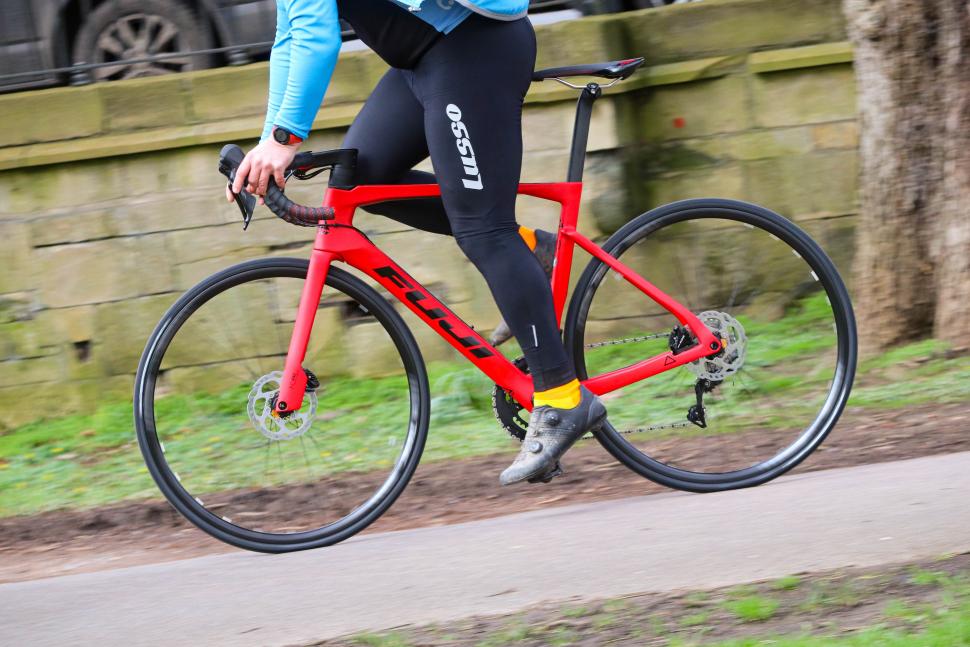
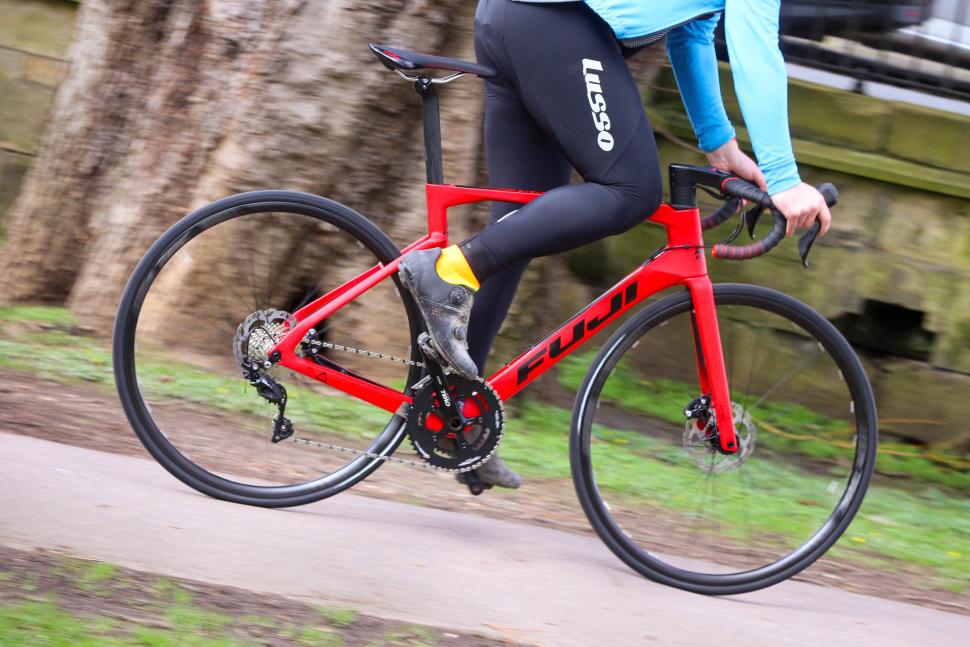


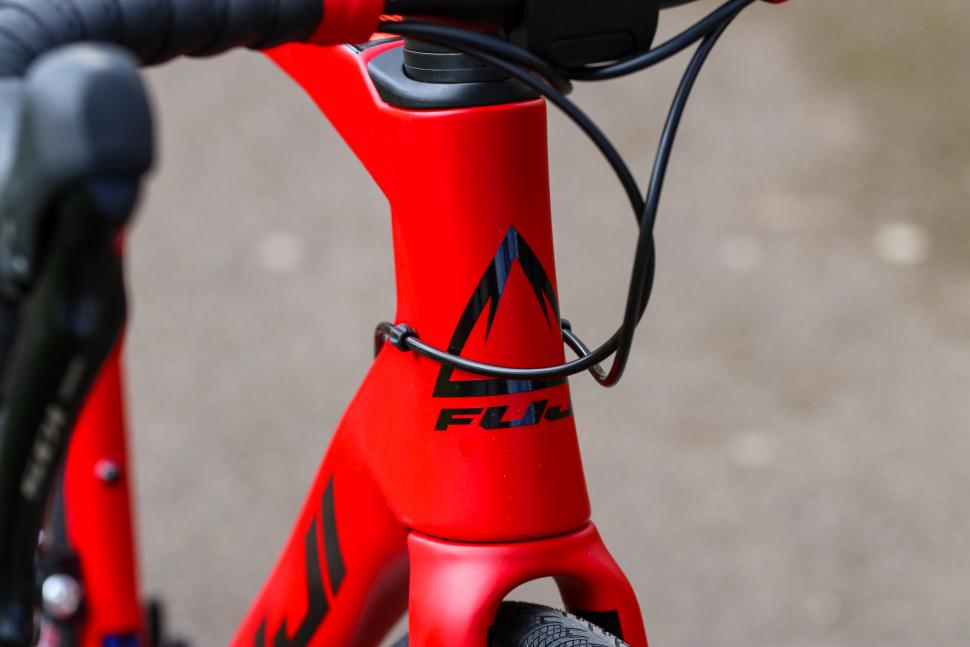
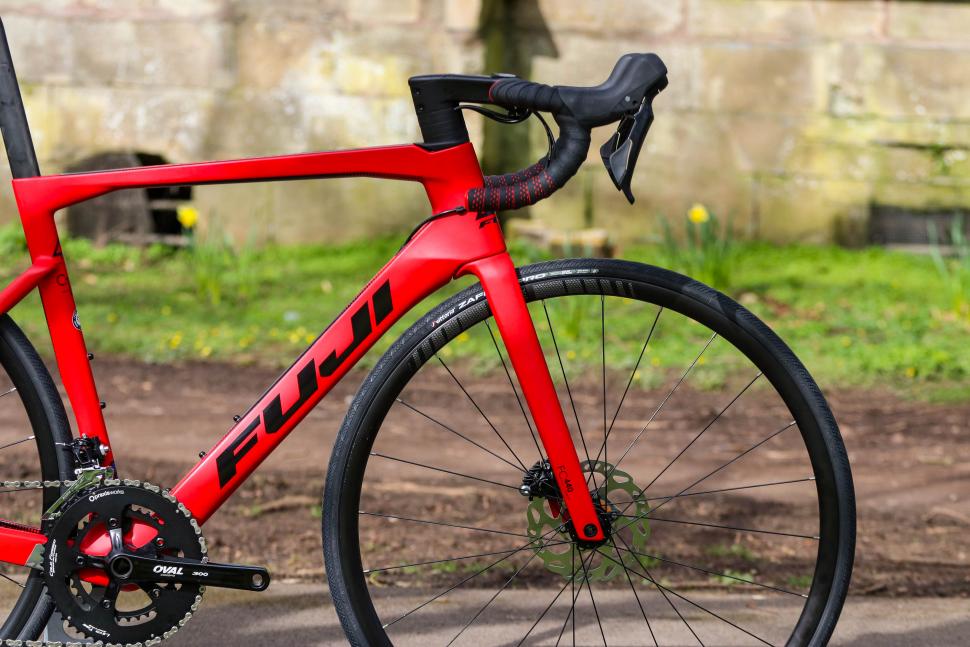

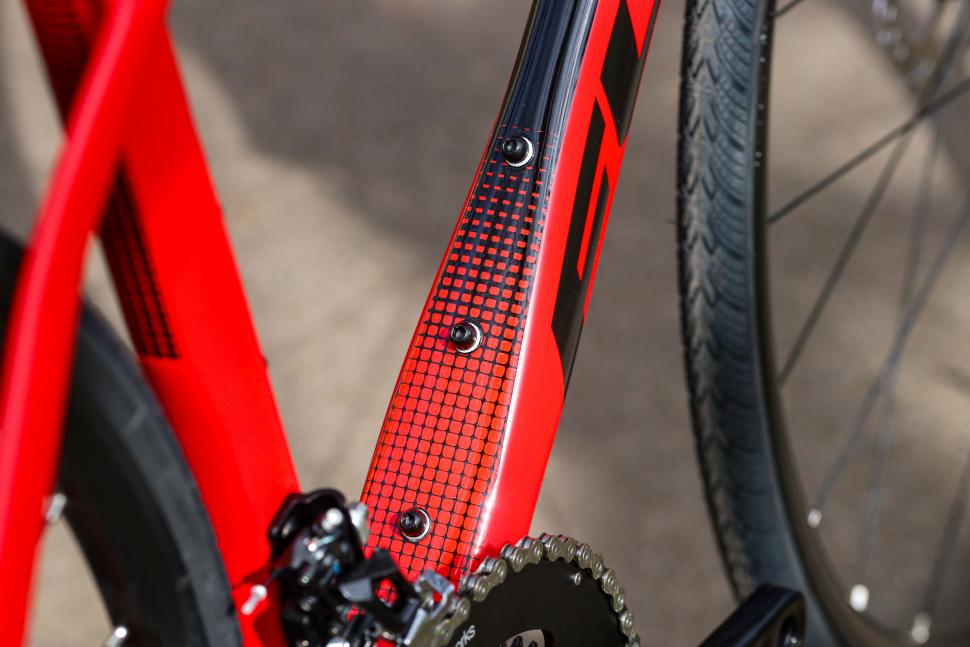
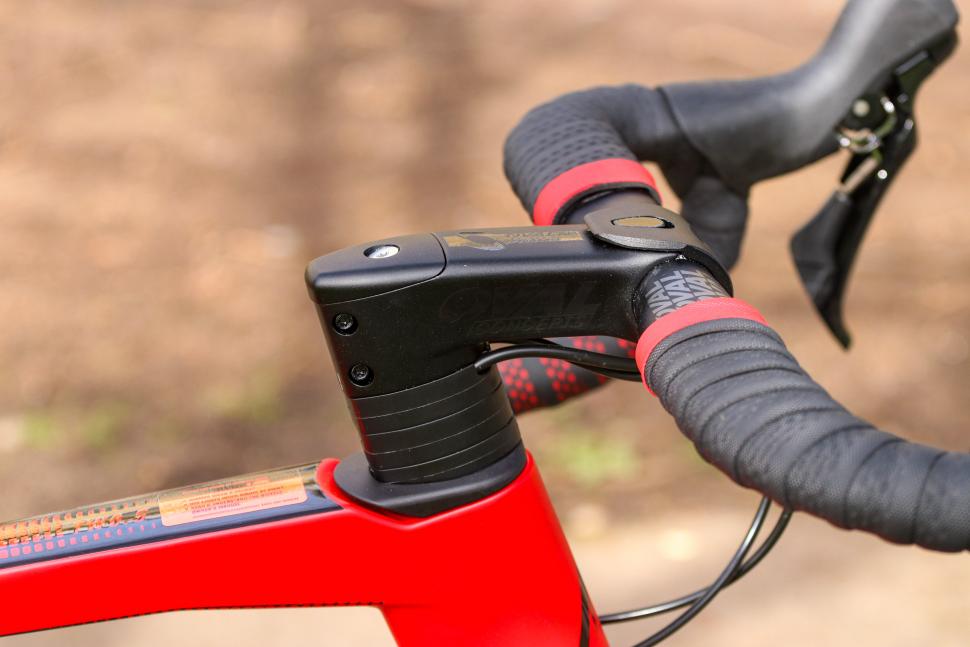

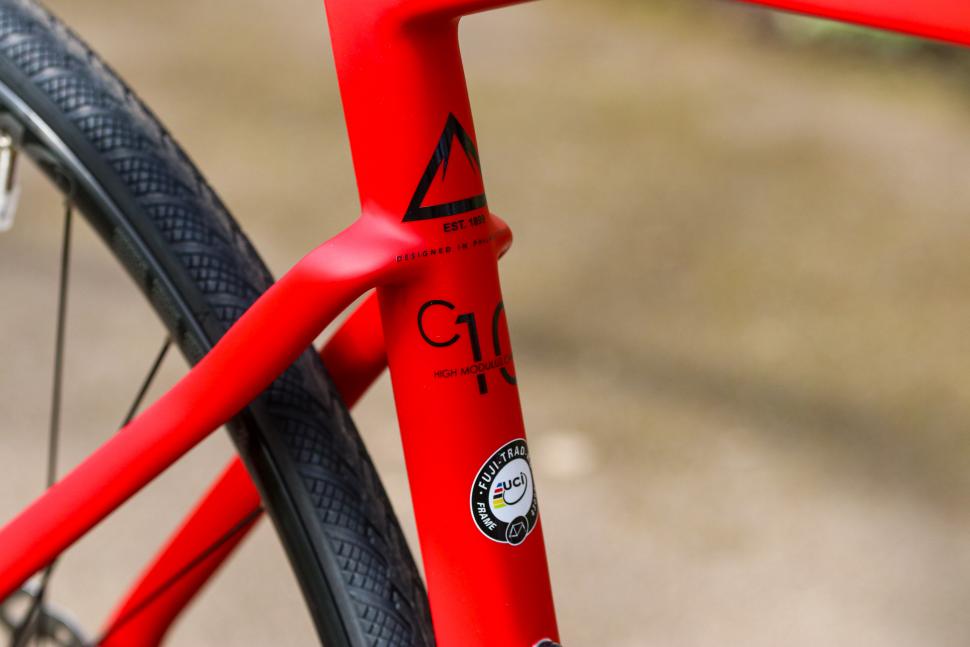
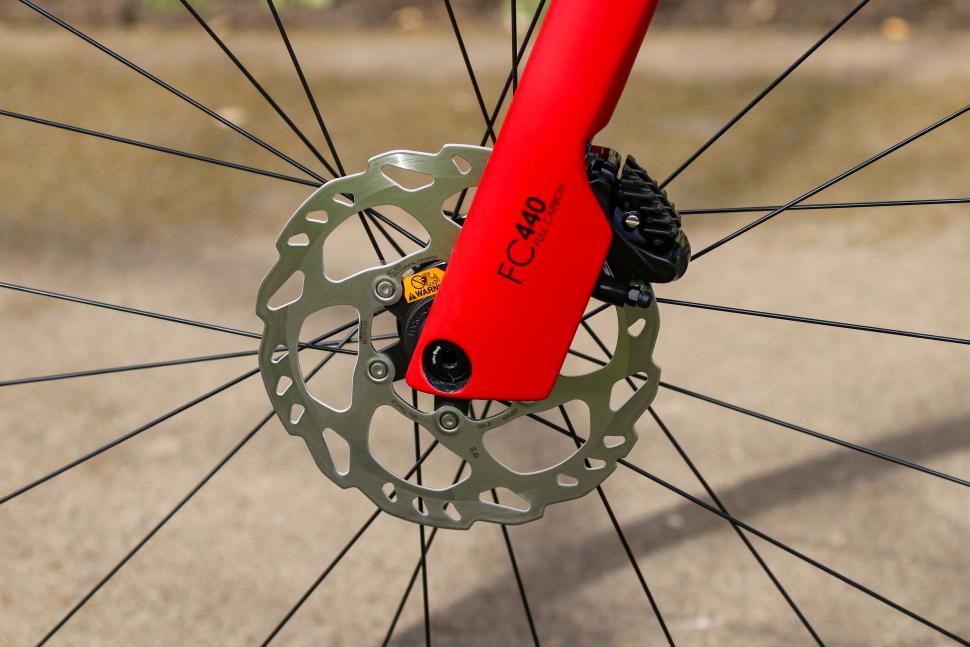

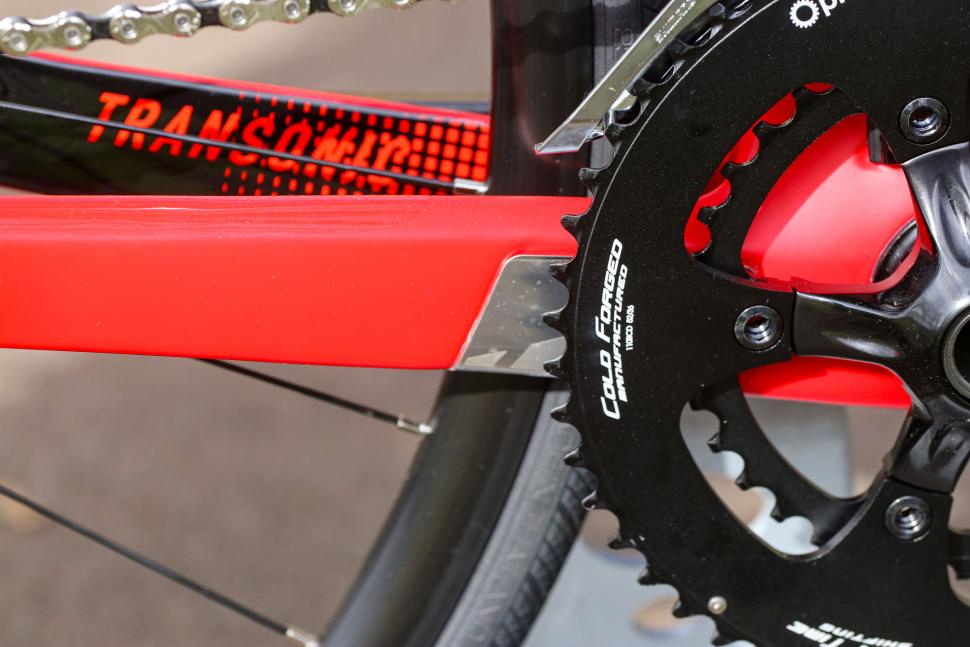
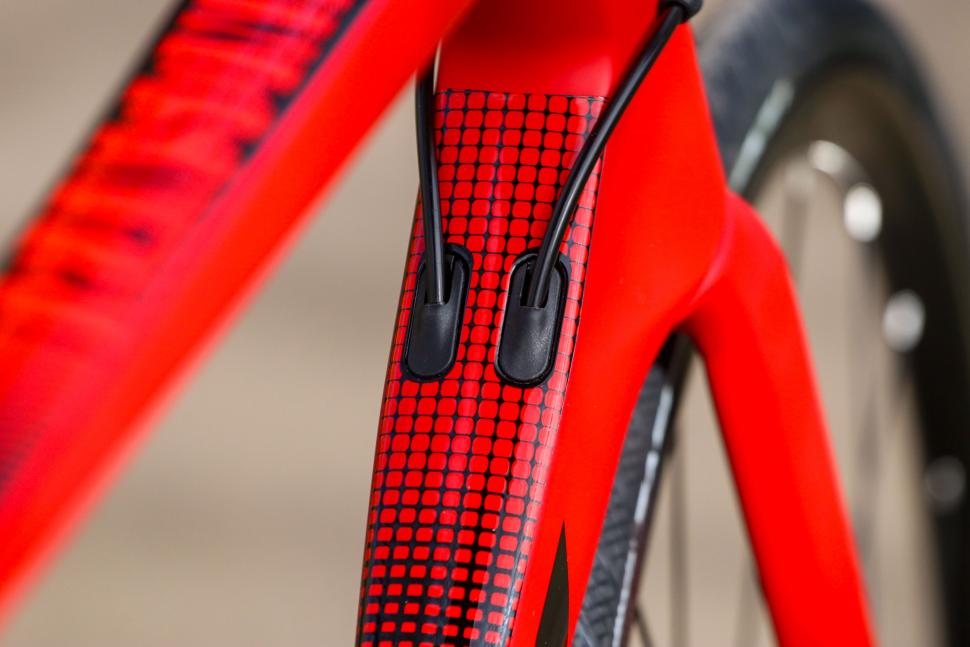
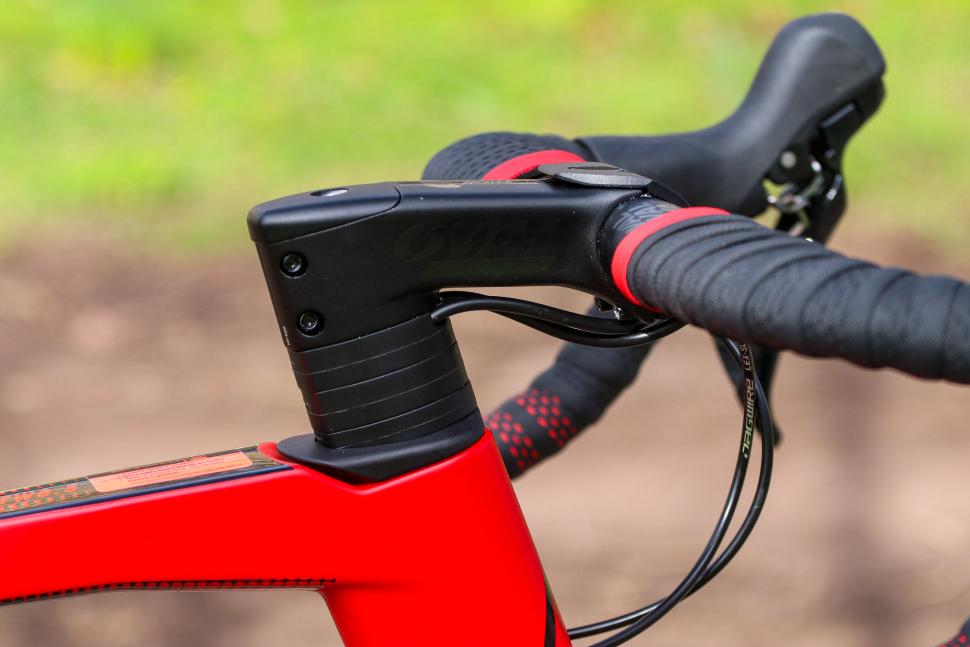

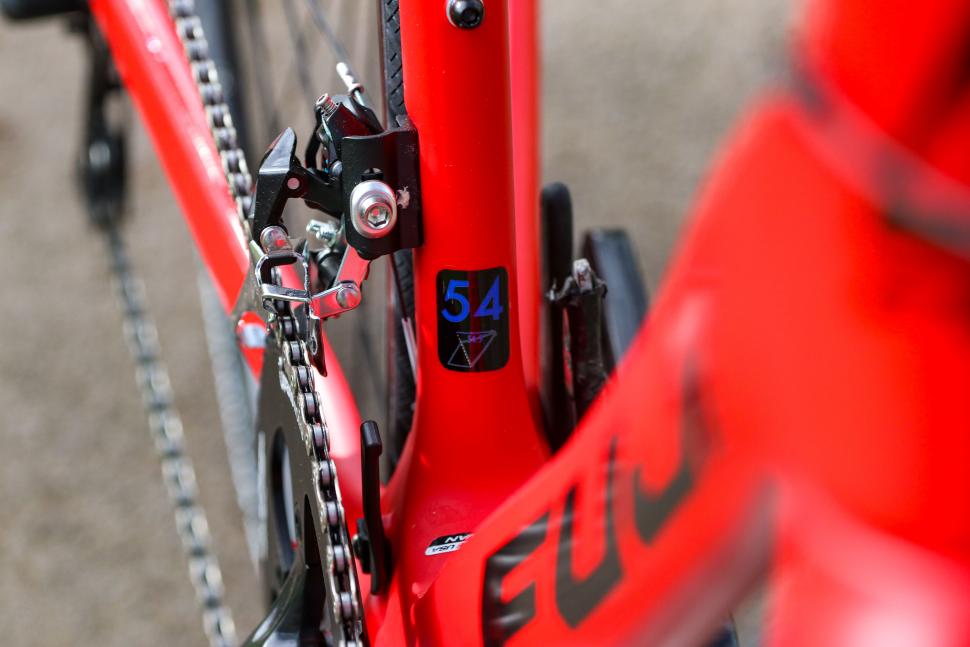

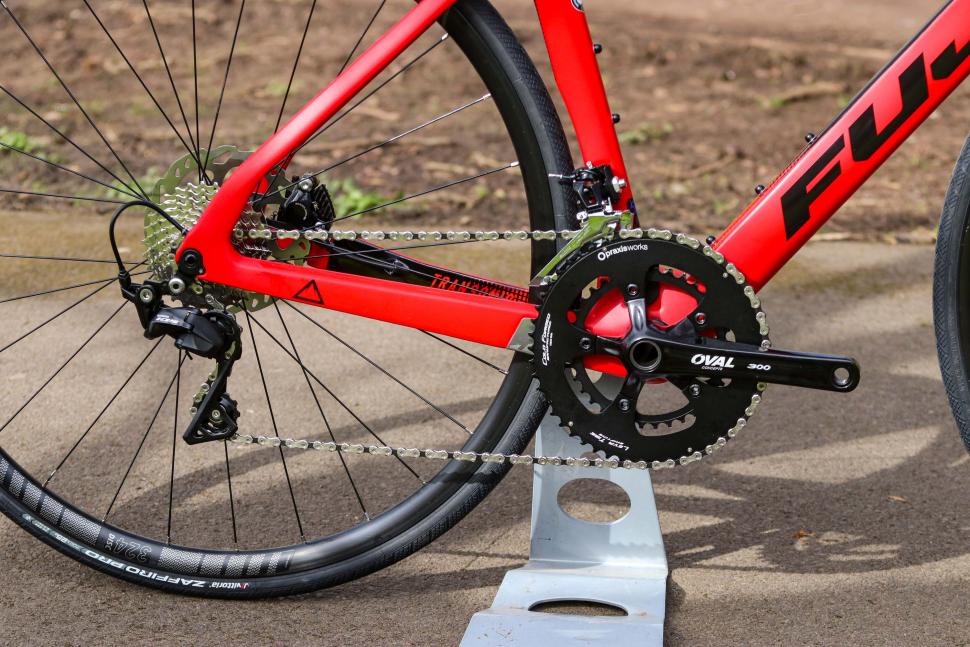
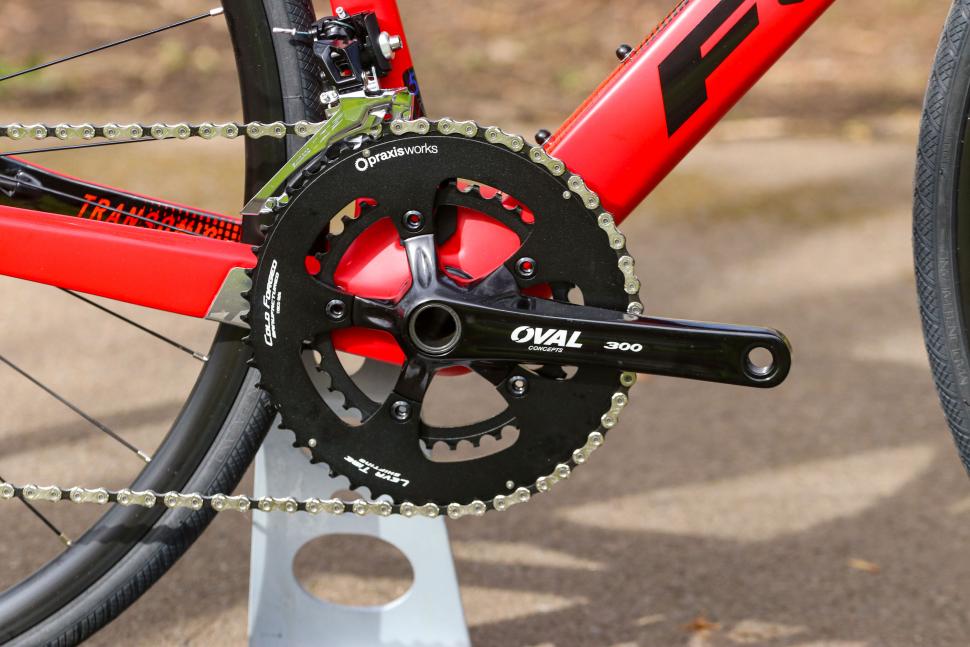
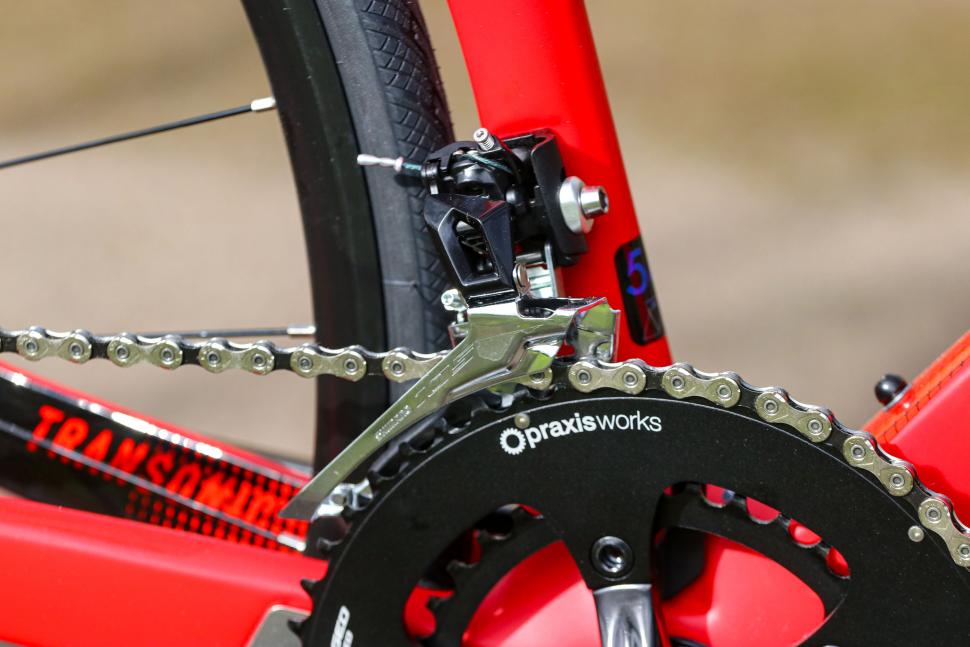


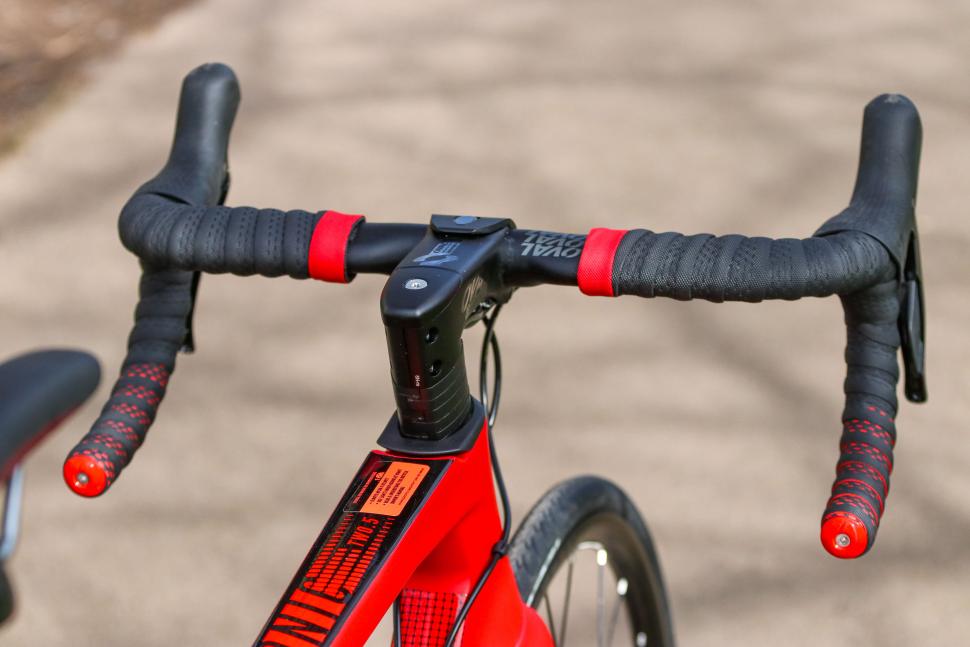
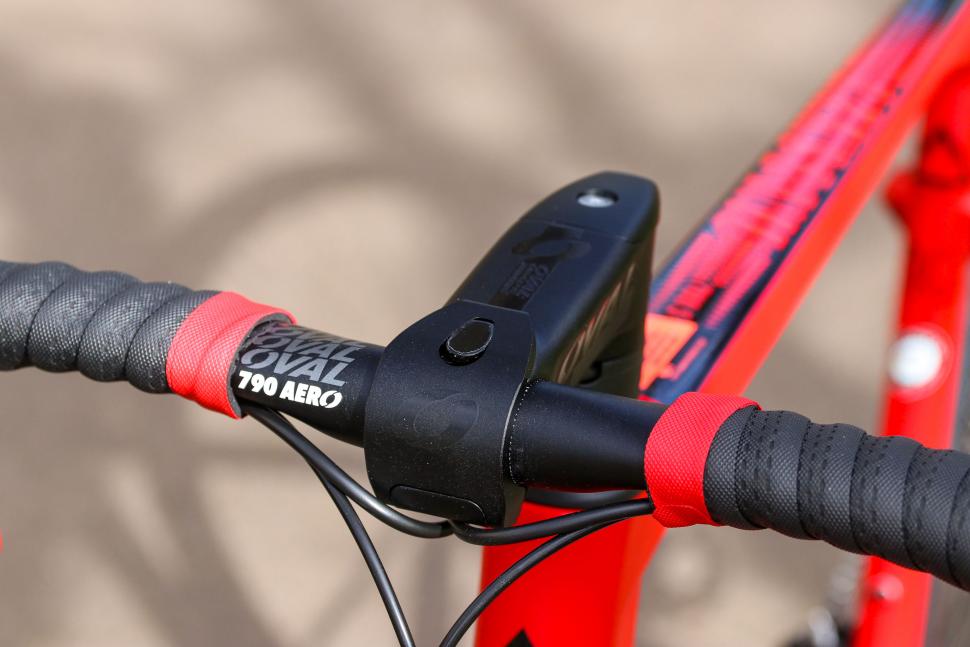

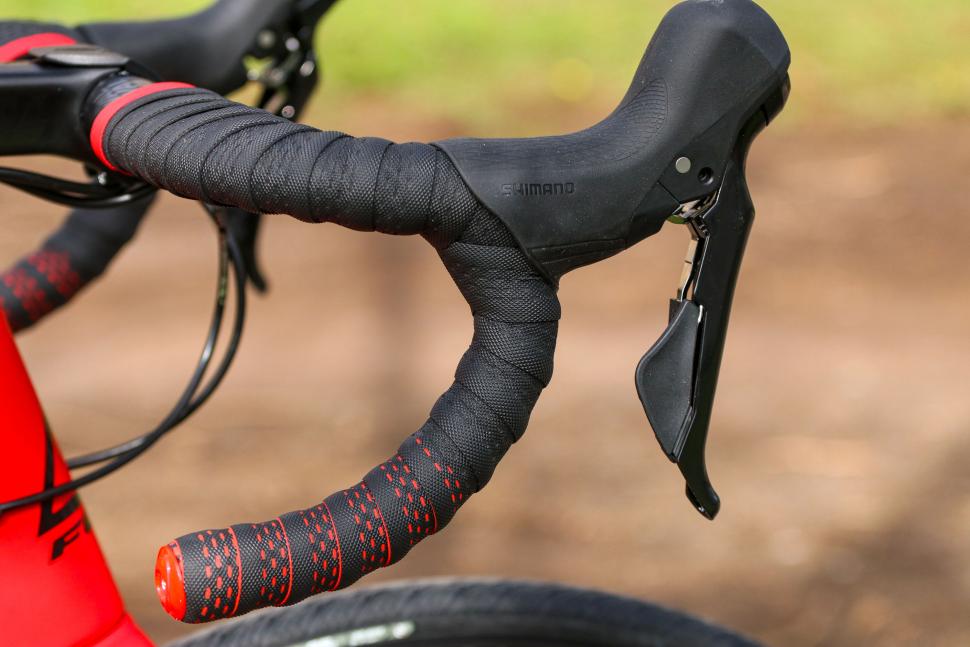
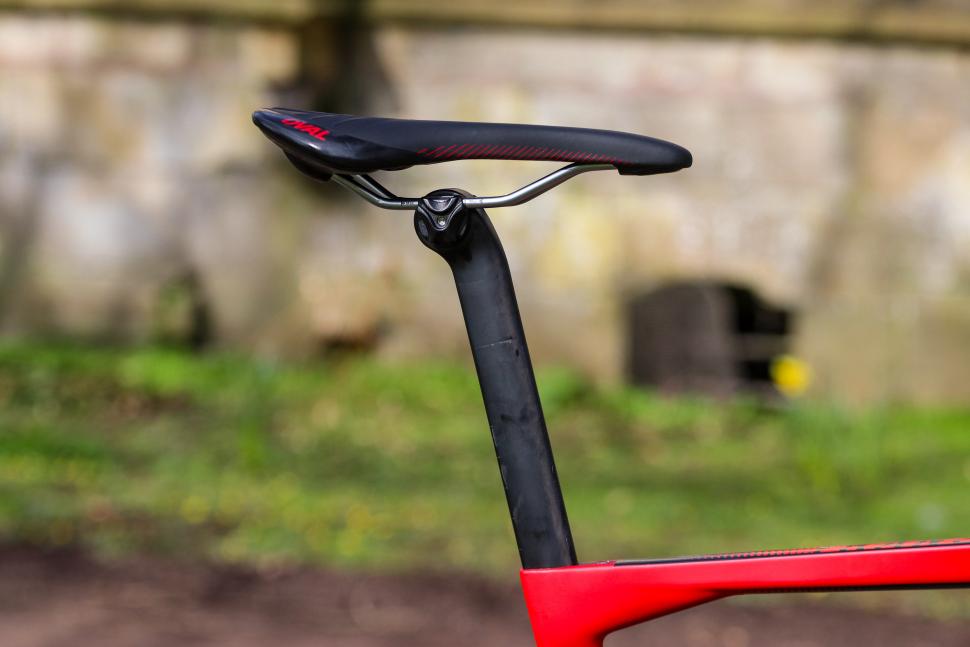

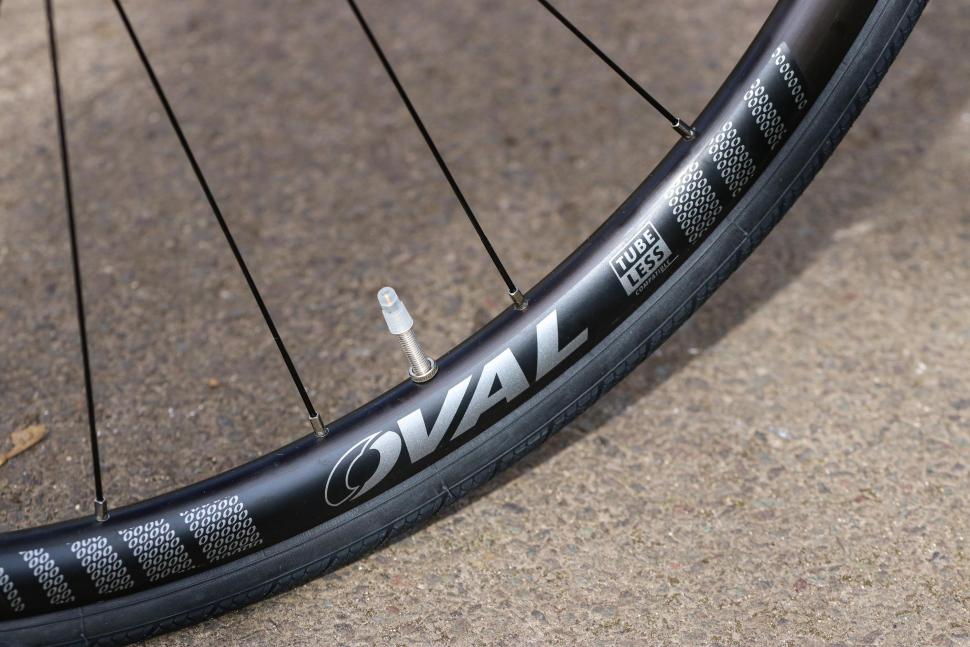
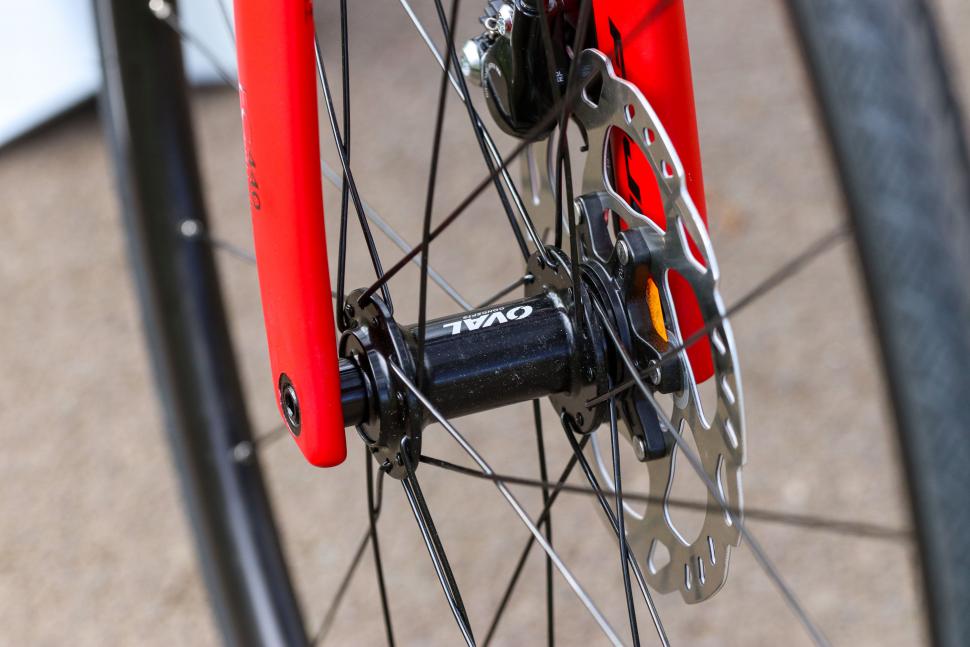
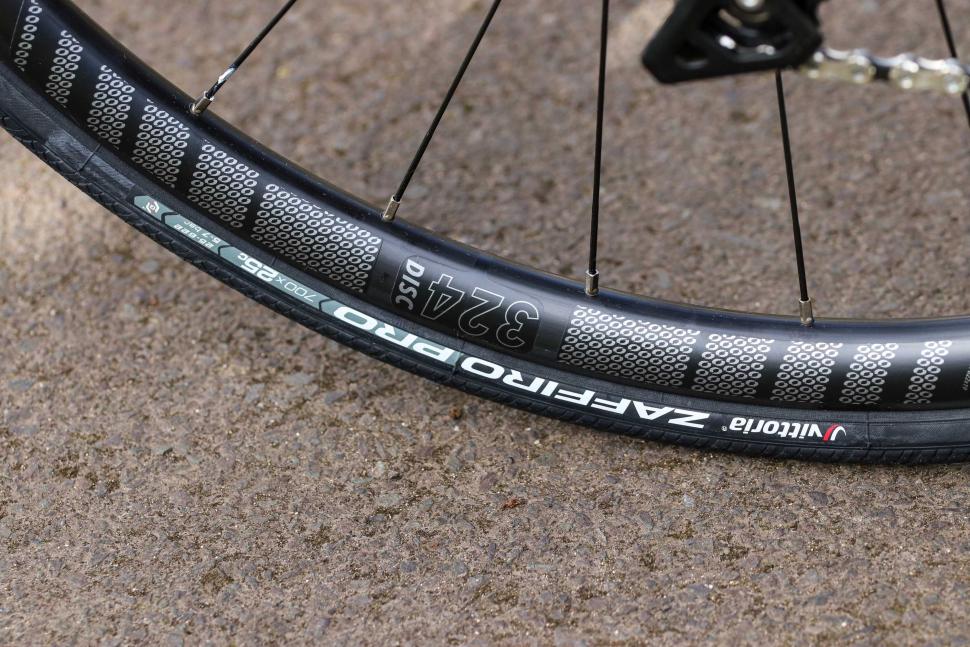

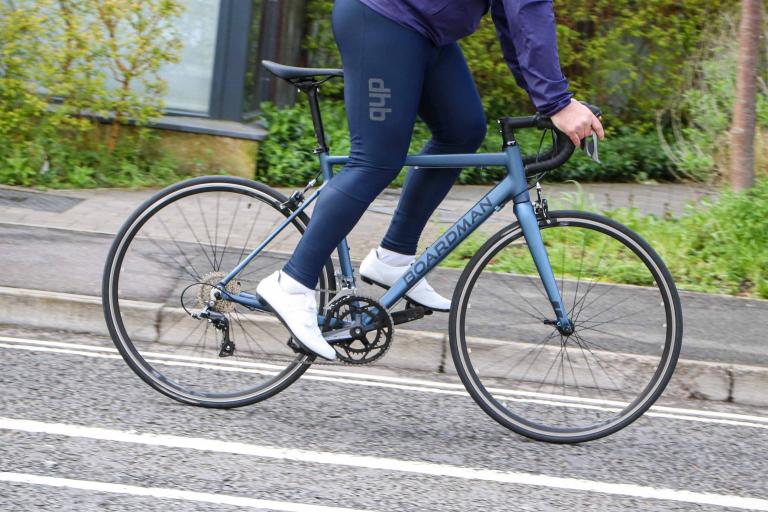
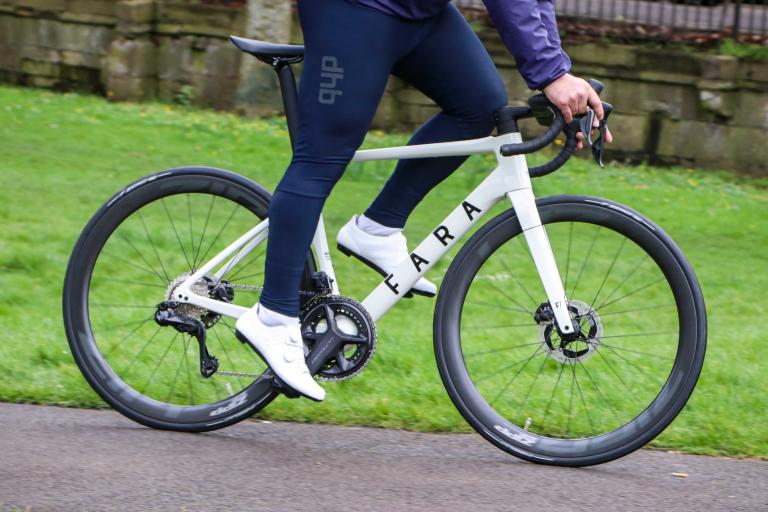
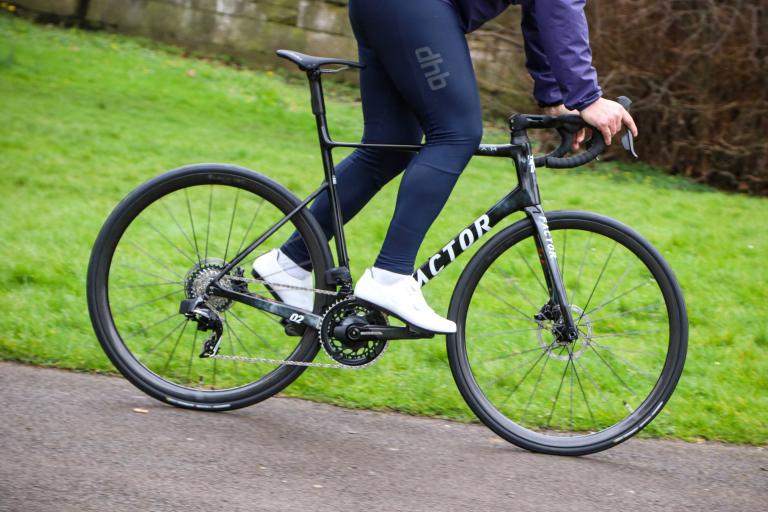
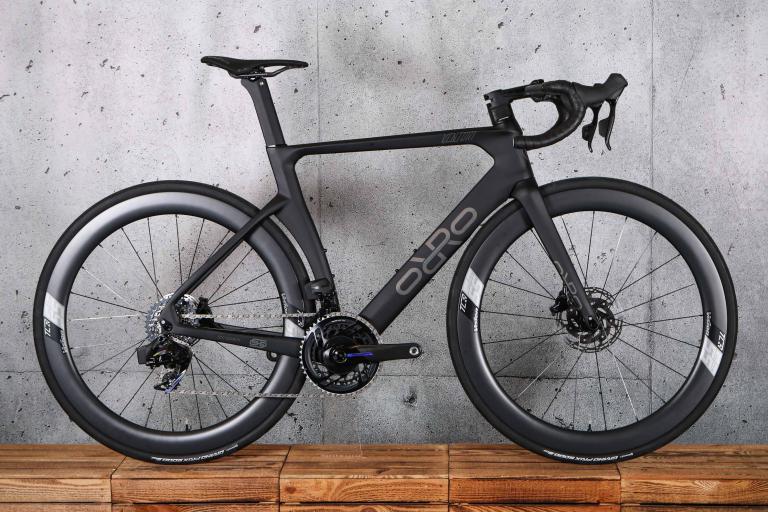
Add new comment
8 comments
Could you please confirm the bar tape?
It just says anti-slip silicone, wandering who makes it. Thanks
I think the claimed "3:23 faster over 40km than the previous model" has a very large whiff of marketing BS!
If you can get that type of gain through which bike you ride, it would almost negate the need to do any training. If only Nairo Quintana rode one, he would be a multiple tDf winner by now !!
Whatever will they come up with next ? For the next model, perhaps if you pedal hard enough you will end you will end up in 1955?
Completely agree. Over the years the claims made, if true, would mean the average club rider would be doing sub 50min 25 mile TTs whilst trimming there fingernails.
Hmmmm very heavy, cheap non aero wheels and no aero handlebar?
Why wouldn't you just get a canyon aeroad or something?
This is the same frame ribble are selling as thier Endurance SL R Series Disc, you get Ultegra level kit for this price from Ribble though.
Where do you get the info that it's the same frame? Details look different, like the top of the seat stays (and the bottom of the forks.)
You are right, my mistake, is just jolly similar. Though I guess there's a lot of similar looking bikes around these days.
Well, I did always think that (they "all look the same" problem) was the motivation behind all these (ugly, in my opinion) variations on seat stay height. Ribble have come up with an especially ugly twist on the theme. But hey, it worked in this case.
And yes, I've read all the guff about 'compliance'.